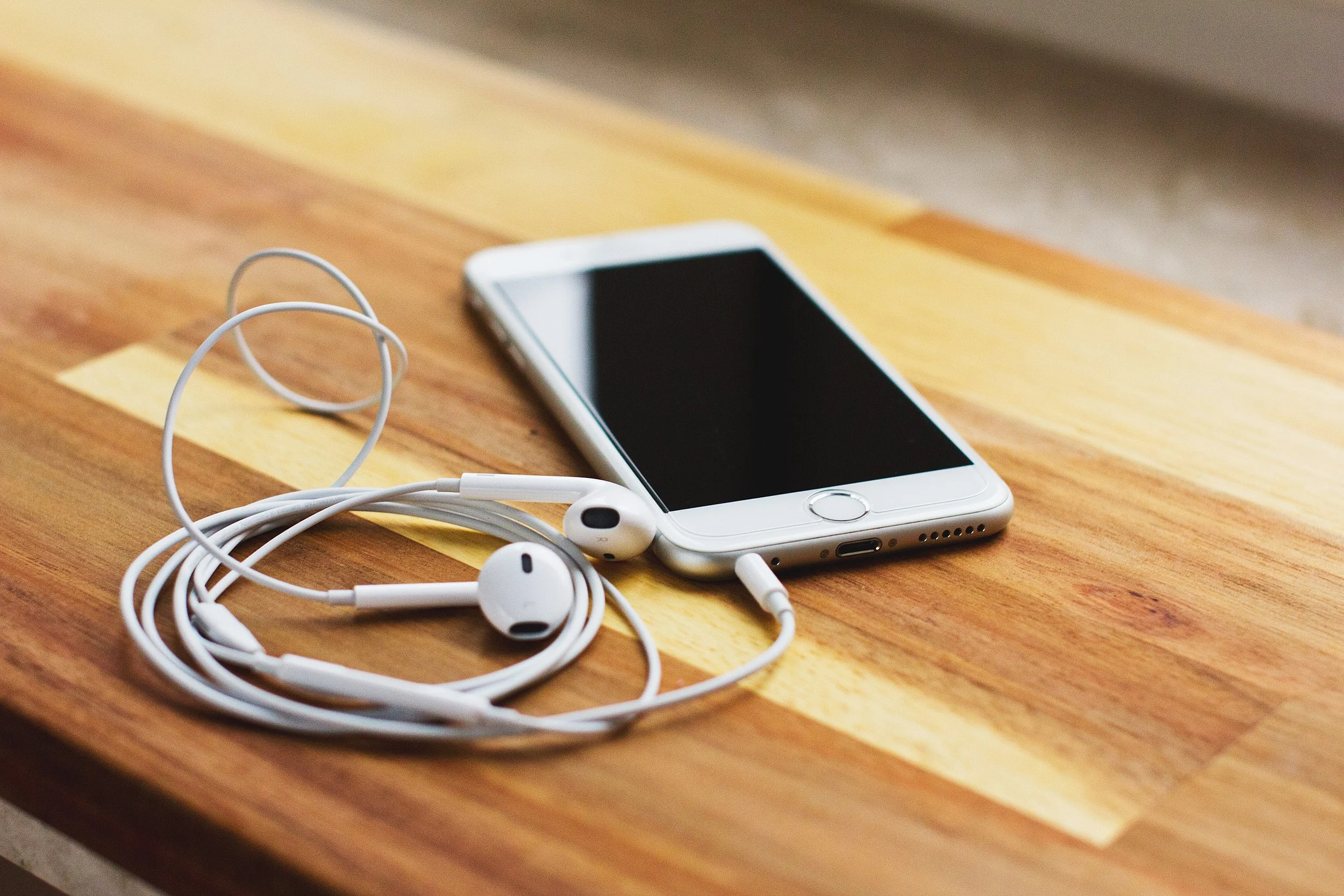Are On-Ear Headphones Better Than Ear Buds?
Photo by freestocks on Unsplash
Aside from the aesthetics of non-invasive on-ear speakers and open-ear wireless earphones, these audio devices can also be considered safer, healthier and generally more optimal as compared to in-ear headphones or earbuds. This due to their design for external wear coupled with how they interact with the ears and surrounding environment--especially in certain situations.
Below are 5 reasons why.
Reduced Risk of Ear Injuries and Infection
In-ear headphones can be inserted deep into the ear canal, which might increase the risk of injury if not handled carefully. On-ear and open-ear speakers, however, sit on the outside of the ear or rest gently on the ear without going inside the canal, minimizing the risk of injury.
In-ear headphones and earbuds can potentially contribute to ear infections if not used or maintained properly. Earbuds that are not cleaned regularly can accumulate dirt, sweat, and bacteria over time. Inserting contaminated earbuds into the ear canal can introduce harmful bacteria, leading to infections. Poor personal hygiene, such as inserting earbuds with dirty hands or not washing hands before touching your ears, is one way bacteria can gain entry into the ear canal.
Earbuds can also trap moisture in the ear canal, creating a warm and humid environment that further encourages bacterial growth and fungal infections. What's more, some individuals like myself might develop allergies to the materials used in earbud tips, causing irritation, redness or severe itching inside the ears.
Hearing Protection
According to the CDC, “listening to loud noise for a long time can overwork hair cells in the ear, which can cause these cells to die. The hearing loss progresses as long as the exposure continues. Harmful effects might continue even after noise exposure has stopped. Damage to the inner ear or auditory neural system is generally permanent.”
In-ear headphones sit directly inside the ear canal and can potentially deliver sound at higher volumes, increasing the risk of damaging your hearing. On the other hand, on-ear and open-ear devices create a space barrier between the audio source and the ear canal, which can help protect your hearing.
Photo by Brett Jordan on Unsplash
Limited Risk of Earwax Buildup and Impaction
In-ear headphones can inadvertently push earwax deeper into the ear canal, potentially causing blockages or discomfort. On-ear and open-ear speakers do not have this issue, as they don't enter the ear canal. This buildup can create a suitable environment for bacterial growth.
According to the Jamaica Hospital Medical Center, “…our ears should not be clogged or obstructed for extended periods of time. Extensive wear of [in-ear] earbuds can prevent wax from exiting the ear canal and create buildups that can lead to infection.”
Luckily, there are at-home products on the market that provide a way to remove wax build-up and flush it away.
Awareness of Surroundings
In-ear headphones can provide a tight seal that isolates you from the external world. While this can be useful in certain situations, it might also lead to a higher level of obliviousness if you're not able to hear important sounds like alarms, announcements, or approaching vehicles.
On-ear and open-ear speakers that are well designed don't completely block out ambient sounds. This is beneficial because it allows you to remain aware of your surroundings, especially in situations like walking on busy streets, cycling, or commuting, where hearing external sounds can be important for safety.
Because on-ear speakers are not inserted inside the ear canal and do not block the ears, users can engage in natural conversations with people around them, even while listening to music or any other audio. They no longer have to remove the device when paying at the cash register, asking a quick question at the gym or responding to co-workers. Most importantly, users can remain alert to the sounds of approaching cars and other possible hazards—fostering potentially life-saving situational awareness.
The more advanced nwm devices further employ ground-breaking “Personalized Sound Zone” technology that minimizes sound leakage to ensure the user’s audio remains completely private to others … no matter how close they may be.
Comfort During Prolonged Use
In-ear headphones might cause discomfort or irritation when worn for extended periods, particularly if they fit tightly in the ear canal. Conversely, on-ear and open-ear speakers distribute the weight and pressure more evenly, offering greater comfort during long listening sessions. With lightweight and ergonomically-designed wireless on-ear speakers, users can avoid fatigue from extended use. Those devised with the stability of an ear-hook can further reduces stress on the ear amid prolonged wear.
Overall, on-ear and open-ear speakers offer several potential health and lifestyle benefits compared to in-ear listening devices. While there are distinct advantages, it's important to note that every individual's situation is unique.
The choice of earphones should be based on personal comfort, intended use and safety considerations. Regardless of the type of earphones chosen, it's important to listen at safe volume levels to protect your hearing over the long term.
This article is courtesy of Anne Gold of Press News Brief - anne@pressnewsbrief.com
Photo by Ben Blennerhassett on Unsplash



